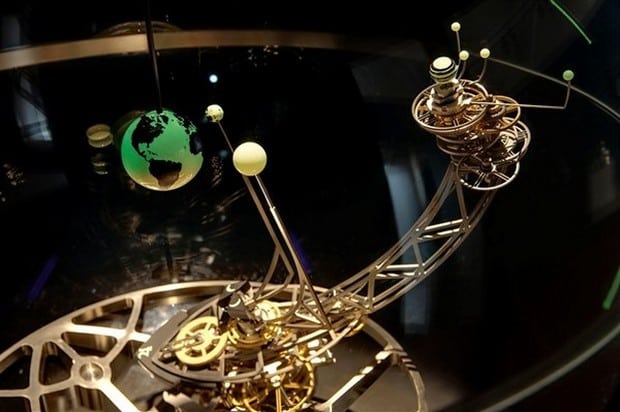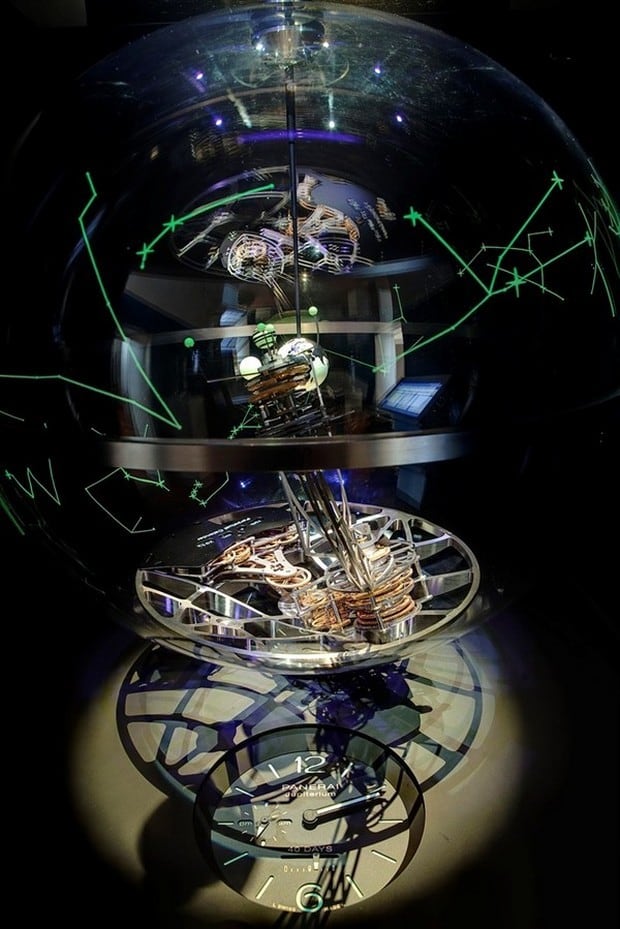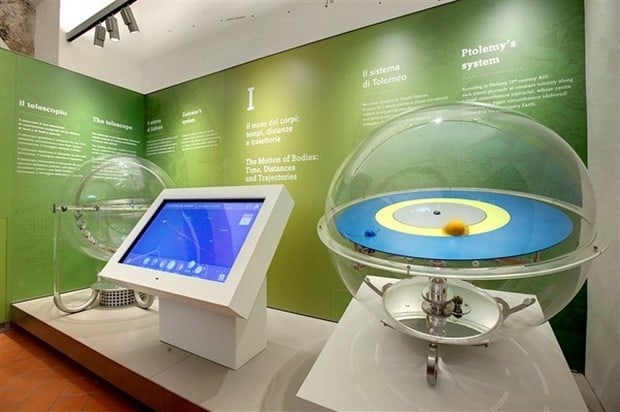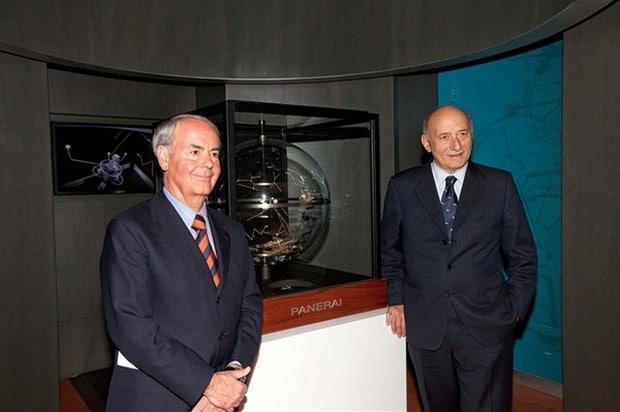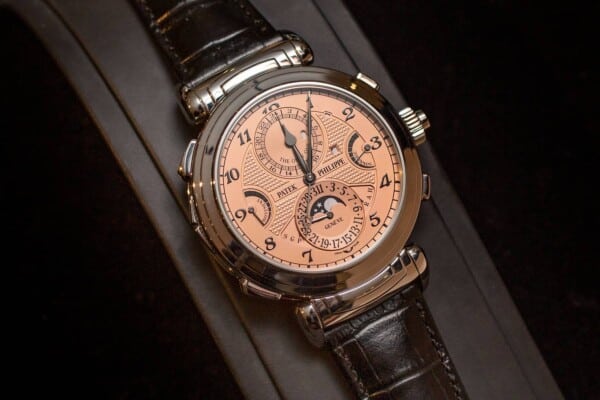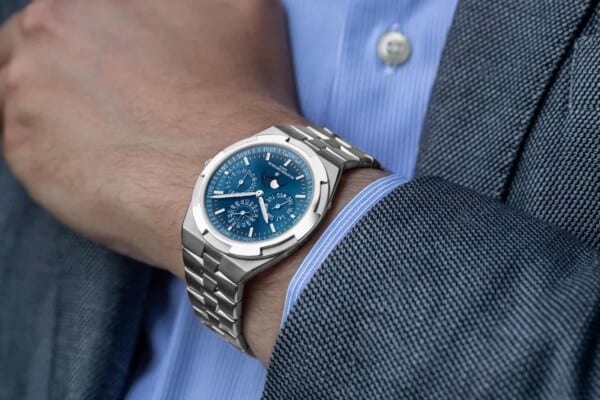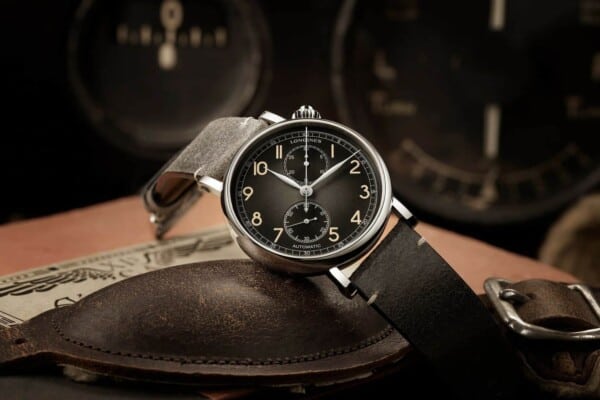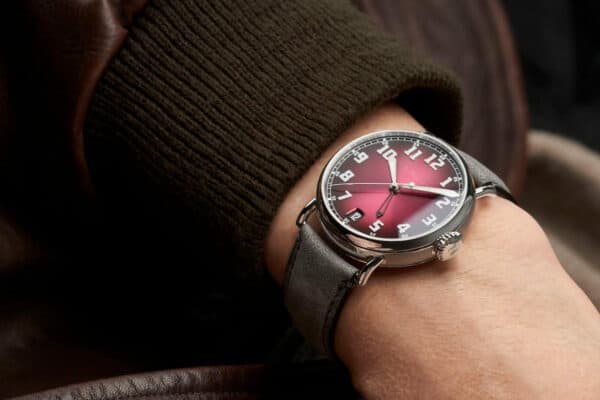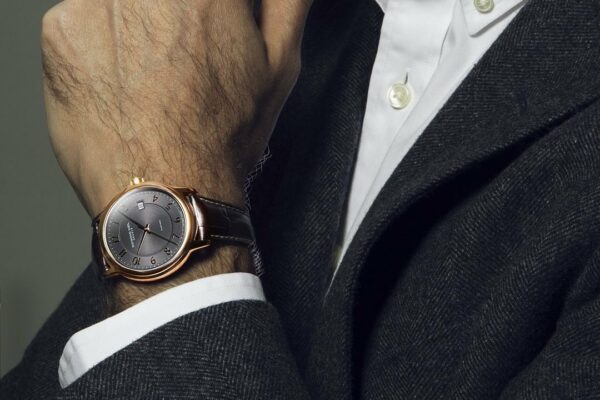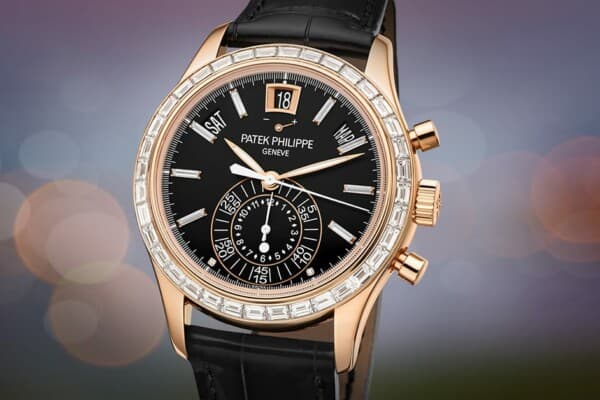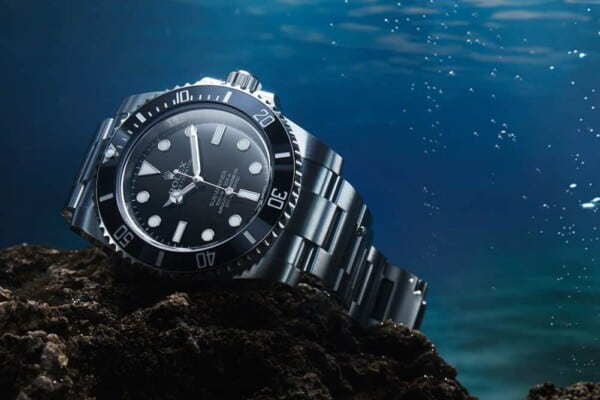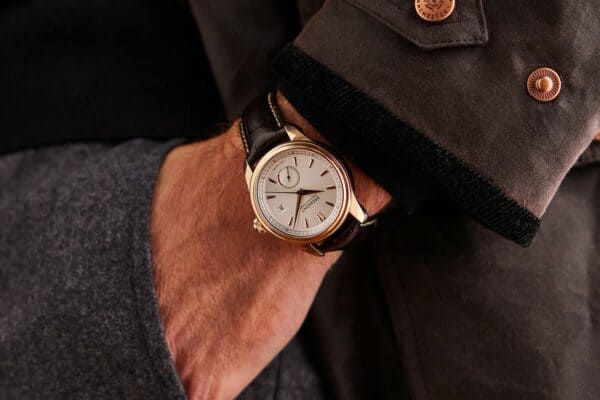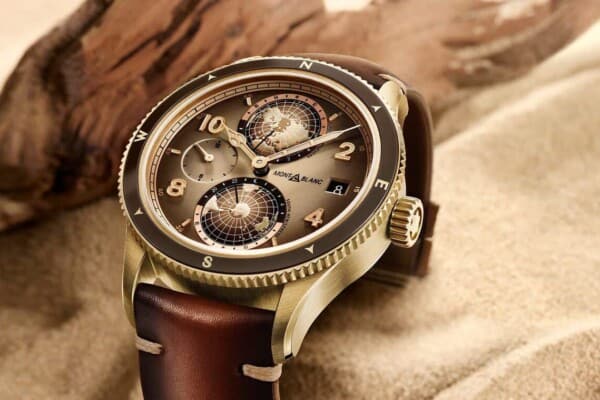Astronomy has been amazing me since I was a little kid. Everything related to planets and stars was a real priority for me, even science fiction, which I love today – another thing of beauty that made my heart go berserk is the Jupiterium Planeterium Clock. Manufactured by the Italian watchmaker Officine Panerai, founded way back in 1860, in Florence, this clock is a pure work of art.
Officine Panerai has been supplying the Italian Navy with precision instruments for a long time, and has been associated with Museo Galileo for decades. They are still in business, in their original boutique in Florence. In addition, as the time of commemoration for Galileo and his realizations and contributions has come, they’ve lifted the curtain of the exquisite Jupiterium, Lo Scienziato and L’Astronomo.
Until hundreds of years ago, Earth used to be considered the stationary center of the Universe. People used to think everything, including the stars, was revolving around our planet. Galileo is the one who snubbed those that considered the theory unbreakable, 400 years ago, having observed Jupiter and its moons through his invention – the telescope. The Jupiterium pictures a similar idea, with the Earth as central piece, while the sun, Jupiter with 4 of its satellites – Europa, Io, Callisto and Ganymede – and the moon revolve around it.
The two hemispheres of the Earth are represented by two halves covered in a transparent coating. In addition, the 12 signs of the zodiac are beautifully imprinted on the glass, alongside the stars, arranged in constellations. The timepiece effectively indicates a sidereal day, the sky realizing a complete rotation in 23 hours and 56 minutes. The effect of the stars in motion is the result of this superb placement, as seen by a hypothetical viewer on the surface of the miniature Earth. With quite relative precision, the remaining celestial bodies from around the Earth are also displayed, among their own orbits.
The superb contraption comprises a total of 1,476 parts and weighs around 110 kilograms. The timepiece is hand wound, while the perpetual calendar it boasts with won’t need any sorts of adjustments until 2100.
In addition, the commemorative mini-collection features the L’Astronomo and Lo Scienziato, two incredibly accurate wristwatches, which, as the company reports, are the most complicated and most exquisite timepieces that company has ever built. One of the three time-measurement pieces will reportedly be kept by Officine Panerai, while the second is currently on display at Museo Galileo in Florence, within a brand new spot specially reserved for Galileo and his discoveries. The future of the third piece is still in a fog.
[LuxuryInsider]

